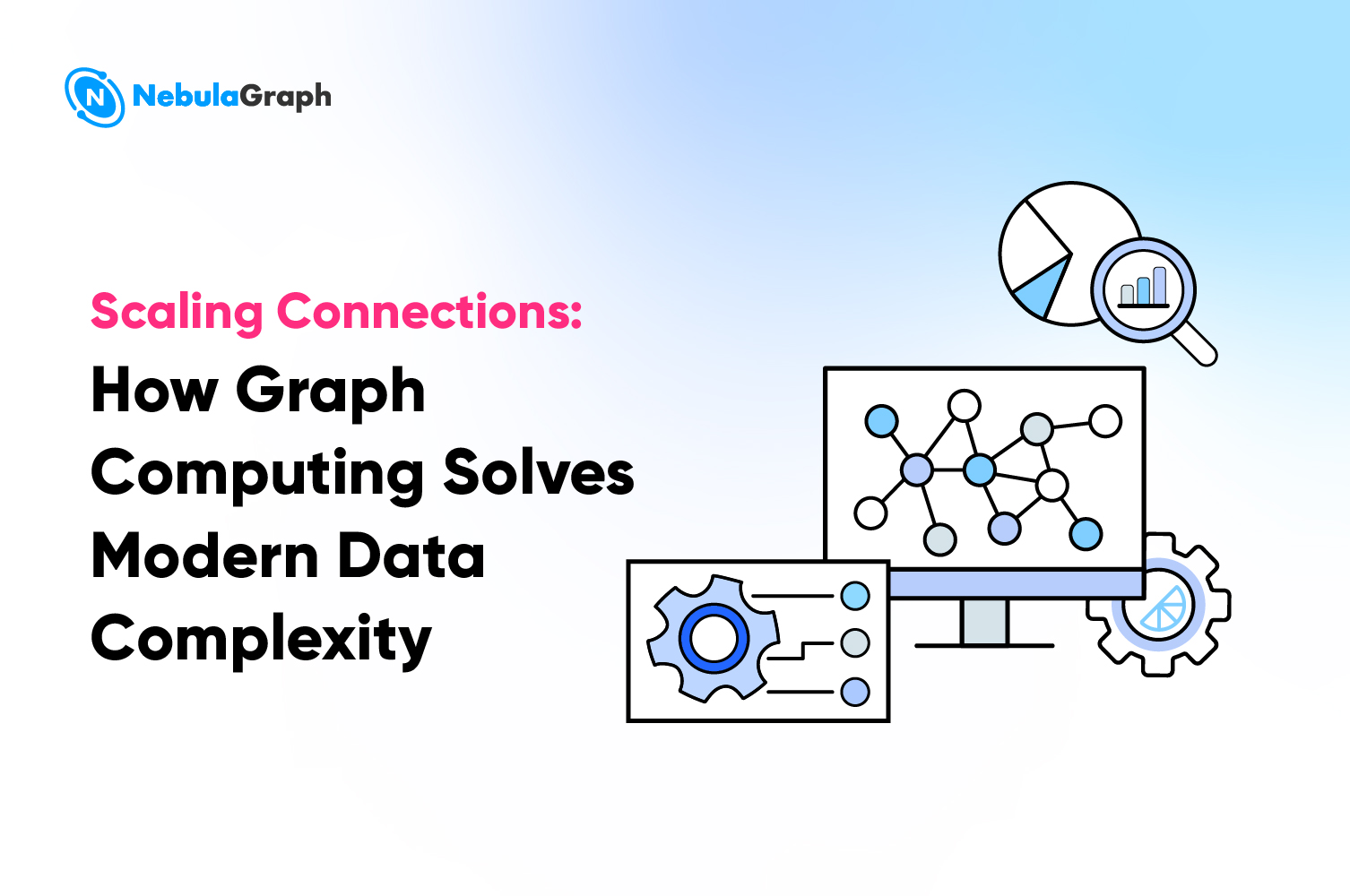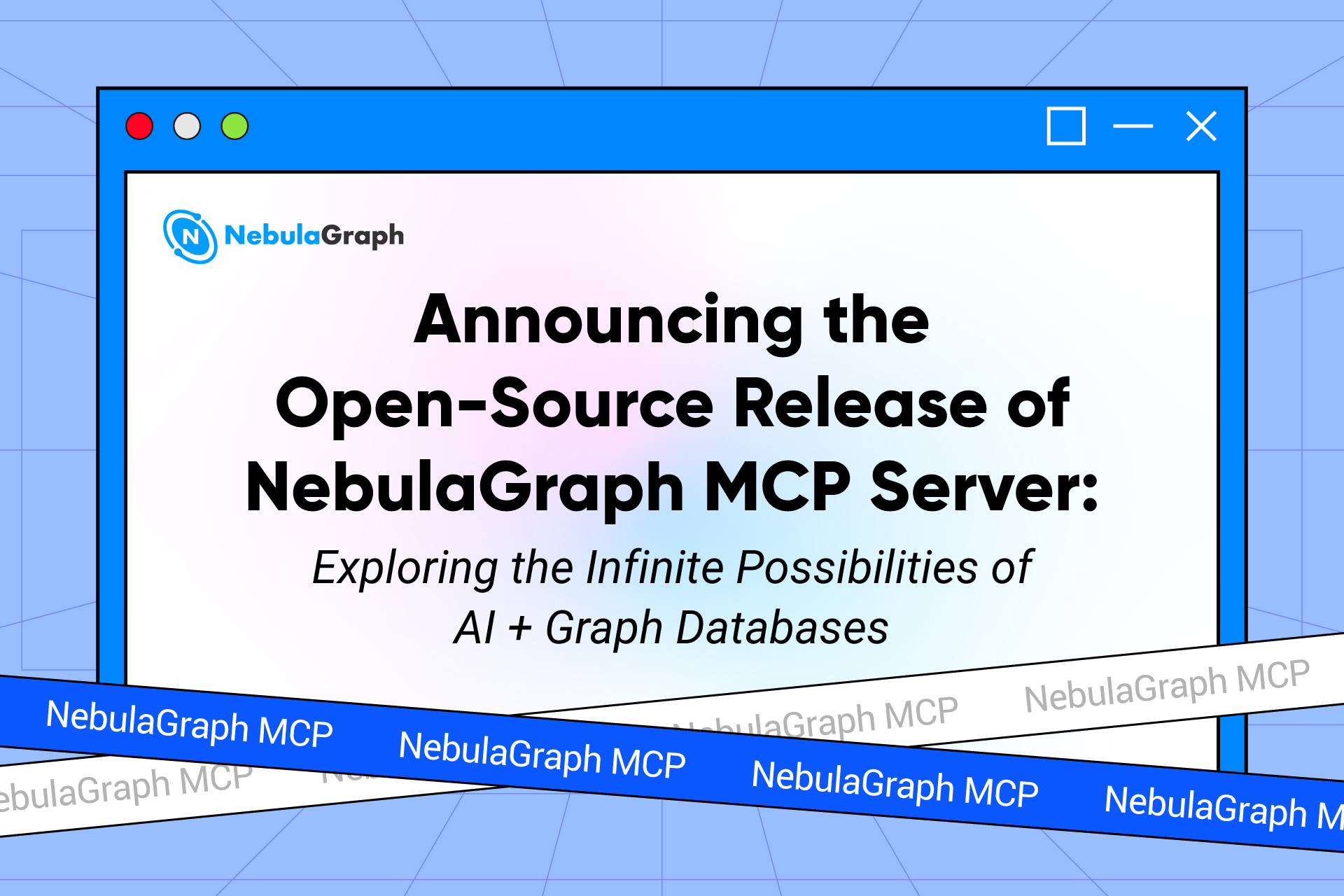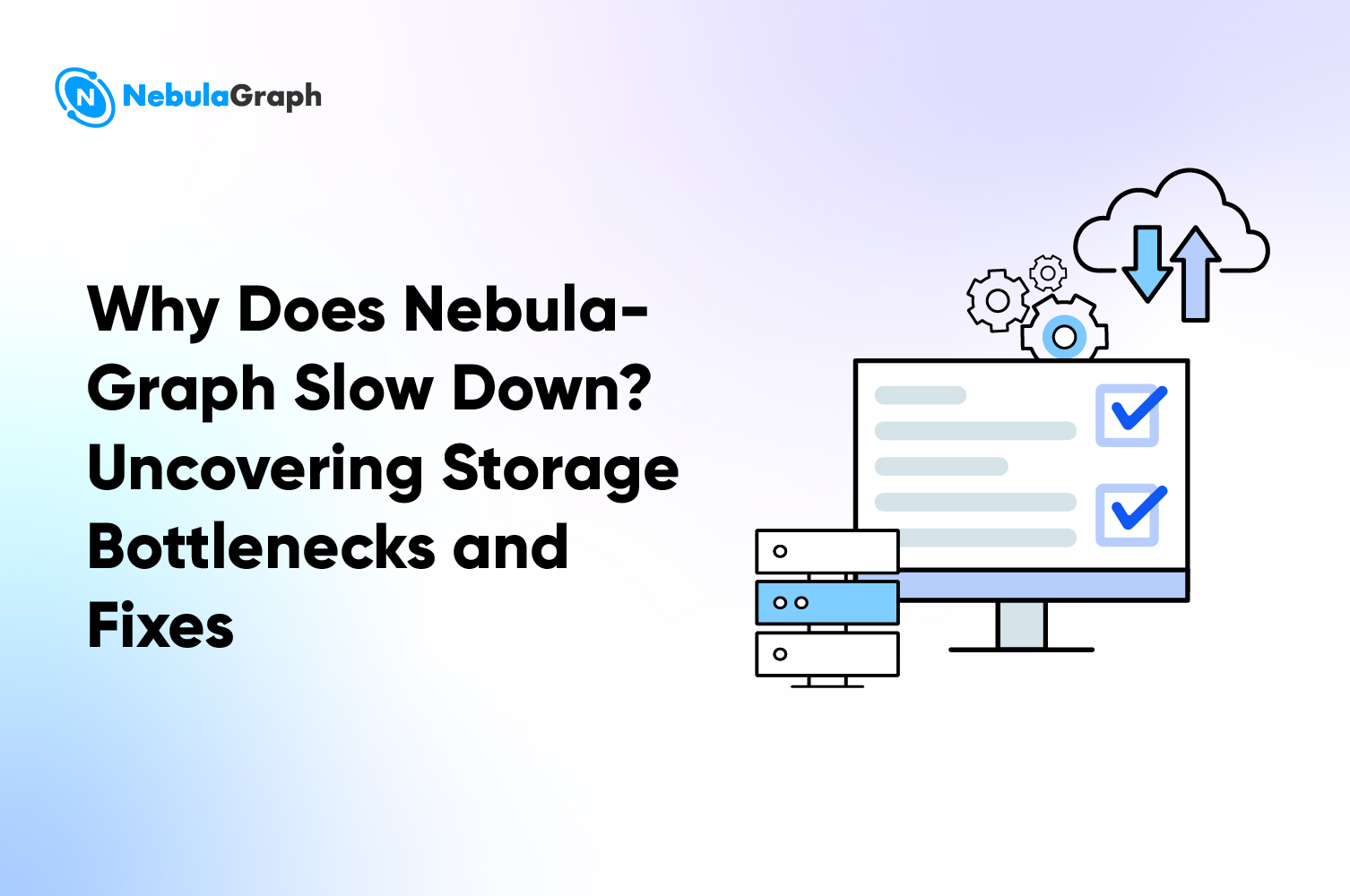Success-stories
Akulaku Building a Real-time Intelligent Risk Control Platform Based on NebulaGraph
Akulaku is a fintech company serving Southeast Asia through e-commerce, consumer finance, and insurance brokerage services. It has a global business reach that extends to Indonesia, the Philippines, Vietnam, Malaysia, and Europe.
The Problem: Challenges with Neo4j’s Scaling Up
Akulaku is an early adopter of graph technology, mainly for the scenarios including graph relationship mining and visualization analysis, as well as using graph queries to replace complex queries. Initially, Akulaku used a standalone version of Neo4j, primarily for relevance feature query. As the company's business grew, it needed to develop a series of real-time graph algorithms for financial real-time risk control scenarios. This required a graph database that could support data scales of up to a billion vertices and tens of billions of edges. While Neo4j has high query efficiency, its scalability could not meet Akulaku's business development needs, even though the team had tried the distributed edition of Neo4j. Therefore, the Akulaku team was eager to find a replacement for Neo4j to keep up with business development needs.
Selection and Evaluation Criteria: Scalability, Data Import Capability and Query Efficiency
Overall, the Akulaku team primarily focused on three aspects of the replacement solution: scalability, data import capability, and query efficiency. Akulaku evaluated three graph database products: NebulaGraph, Dgraph, and JanusGraph, concluding that while Dgraph and JanusGraph each had their strengths, neither could simultaneously meet the three aforementioned requirements.
Dgraph was ruled out due to inefficient data import
The Akulaku team had initially considered Dgraph, attracted by the well-written related academic papers. However, they found that Dgraph's engineering implementation did not meet their expectations, particularly its batch import function. Given Akulaku's large scale of graph data, primarily for financial risk control scenarios, with graph scales reaching up to a billion vertices and tens of billions of edges, they required a solution capable of rapid data import for initialization. During testing, they discovered that when the data imported exceeded a certain scale, it would cause memory leakage issues. This was a significant concern, leading to the decision to rule out Dgraph.
Low query efficiency leads to the decision against JanusGraph
JanusGraph was also considered as a potential solution by the Akulaku team, given its advantage of integrating other storage engines in the backend. However, Akulaku's requirement for high query efficiency after data import and initialization was critical. Upon testing JanusGraph, they found that the query efficiency did not meet their expectations. This led them to continue their search for a solution that could better meet their efficiency needs.
Benefits of NebulaGraph
After several rounds of technical selection and performance testing, Akulaku finally chose NebulaGraph. "Overall, the greatest value Nebula brings to Akulaku is its exceptional import performance and scalability," says Huang Hong, tech lead at Akulaku's Risk Control Team.
Outstanding performance ensures high throughput and low latency
NebulaGraph has a powerful native graph engine that provides low latency read-write and high throughput, ensuring high concurrent access, rapid graph traversal, and efficient memory usage. This makes NebulaGraph capable of storing and processing super-large scale graph data with trillions of edges and points.
Easy scalability with linear expansion and shrinkage
NebulaGraph’s shared-nothing architecture supports expansion and shrinkage without stopping the database service. "NebulaGraph's high performance and excellent scalability allow us to process large amounts of data quickly and effectively. Its import speed is incredibly fast, with QPS reaching 110,000, of course, with asynchronous writing. This data is much better than other graph databases", said Hong.
The Solution: Leveraging NebulaGraph for the Real-Time Anti-Fraud Platform
NebulaGraph empowers Akulaku’s real-time anti-fraud platform via two engines: the graph database platform itself and the real-time graph computing engine. Since the main application scenario of Akulaku is anti-fraud, which requires high effectiveness, a series of real-time graph algorithms are added to the graph computing engine. NebulaGraph’s application scenarios towards the business-side could be summarized below.
- Scenario 1: Visualization Analysis of Fraud Incidents
A normal application of graph databases in the anti-fraud field is the visualization analysis of fraud incidents, as NebulaGraph leveraged by Akulaku. Through the visualization tools of NebulaGraph, associated relationships can be clearly displayed and analyzed for further exploration of the attributes of associated vertices. This multi-level, multi-angle relationship mining can reveal potential fraud patterns, enhancing the efficiency and accuracy of anti-fraud efforts.
- Scenario 2: Calculating the Association of Device IDs
Fraudsters may continually change identity elements to evade anti-fraud strategies, but usually, they only change one element, while other elements still have a certain association with that element. NebulaGraph can accurately identify the actual mapping relationships between these elements through set association rules, thereby revealing the true identity of the fraudsters, further enhancing risk control efficacy.
- Scenario 3: Graph Model Training and Deployment
Another significant value of NebulaGraph lies in graph model training and deployment. Graph analysis can play a vital role in scenarios like credit granting, order placing, label propagation, etc. Using NebulaGraph, Akulaku team can extract local subgraphs for computation and conduct real-time group mining, anomaly structure discovery based on vertice labels or specific business attribute labels, following certain rules. This flexibility and real-time nature make NebulaGraph possess great application potential in risk control scenarios.
Looking Ahead: Optimizing the Platform to Fully Unlock the Graph Potential
NebulaGraph has been applied to many scenarios in Akulaku's real-time anti-fraud platform. In the future, the Akulaku team will focus on enhancing the platform's stability. Moreover, they will further optimize the platform, reducing the difficulty of graph models, backtesting, and model deployment.


